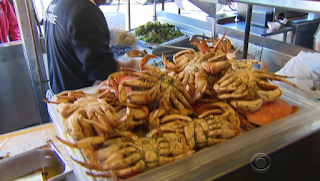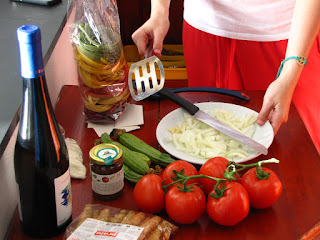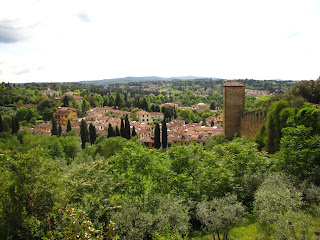
Crab? That's right. It's news to me, too. I first heard about the west coast tradition this year when a delay to the crabbing season hit national media.
The shellfish is native to the west coast of the US, and according to a San Francisco report, Pacific coast Dungeness crab fishing dates back to the mid 1800s. What does that have to do with weather and climate? Well, Dungeness crab are typically in season right around mid-November... so families save their first "crab of the season" for Thanksgiving dinner. It's often eaten at Christmas, too.
I think it's a cool way to incorporate local food into your holidays and cultural traditions. I lived in Baltimore for a year, but Maryland Crabs (Blue Crabs) are more of a summer dish. If it was in season in November, I'm sure it would be a staple there too.
The big hitch is that this fall, the crab has been infected with Domic Acid. It's a toxin, and an interview on NPR explains that usually it comes from algae in warm water. It doesn't kill the crabs, but it's really dangerous for people. Because of the health risks, California, Washington and Oregon have all put a delay on the start of their crabbing seasons. Hence the Thanksgiving panic for some.
Why are the waters warmer this year? It's a mix of factors. For starters, there's been a lot of talk of El Niño. El Niño leads to warmer waters along the coasts of central and South America. But when you look at typical El Niño patterns, it often correlates to warmer waters along the west coast of the US, too.
 An El Niño event typically lasts for 9-12 months. The Pacific Decadal Oscillation is like a long-term El Niño (hence the name "decadal"), and right now we're in the warm phase. Both can have a big impact on climate and weather in the US, as well as on our oceans. So between the two, waters along the Pacific Coast of the US are about 3-4° F above average.
An El Niño event typically lasts for 9-12 months. The Pacific Decadal Oscillation is like a long-term El Niño (hence the name "decadal"), and right now we're in the warm phase. Both can have a big impact on climate and weather in the US, as well as on our oceans. So between the two, waters along the Pacific Coast of the US are about 3-4° F above average.Despite some "crabby" west-coasters (I had to say it) - I hope everyone had a very Happy Thanksgiving.
Want to know more? Leave your comments here, find me on Facebook and Twitter, or email me at rkaye@wmbd.com.
Culture and Climate Home




